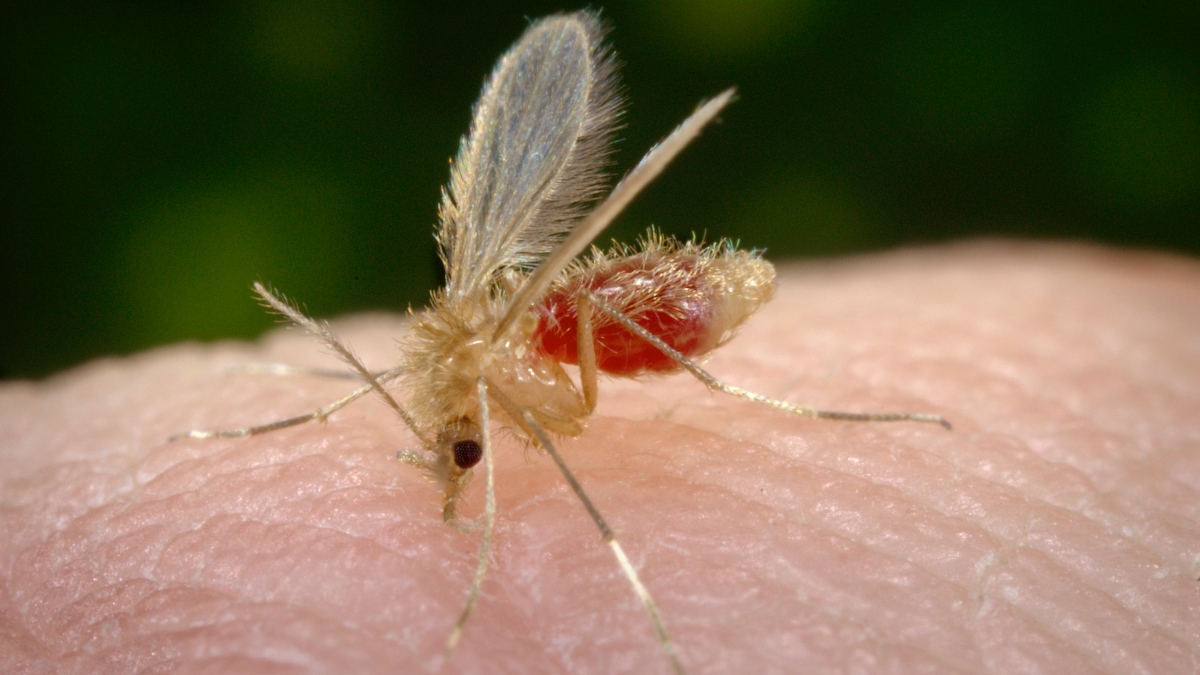Key points
- Bartonella bacilliformis is a rare infection spread by sand flies in some regions of South America.
- B. bacilliformis has two distinct phases, Oroya fever and Veruga perruana ("Peruvian warts").

Transmission
Bartonella bacilliformis, formerly known as South American bartonellosis, is transmitted by bites from infected sand flies (genus Lutzomyia). B. bacilliformis only occurs in the Andes Mountains at 3,000 to 10,000 ft in elevation in western South America, including Peru, Colombia, and Ecuador. Most cases are reported in Peru.
Much is still unknown about which animals may be a part of the natural cycle of this disease.
Signs and symptoms
A rare infection spread by sand flies in some regions of South America, B. bacilliformis has two distinct phases:
- Oroya fever: During this phase, fever, headache, muscle aches, abdominal pain, and severe anemia may occur. Complications may occur in up to 70 percent of patients with Oroya fever, including secondary infections and cardiopulmonary complications such as heart failure, pericardial effusion, pulmonary edema, and cardiogenic shock.
- Verruga peruana (Peruvian warts): During this later phase, growths form under the skin and develop into red-to-purple vascular sores that can become raw or bleed.

Endocarditis
As with many Bartonella species, B. bacilliformis can sometimes cause infection of the heart valves (endocarditis). In many cases, blood cultures might be negative (culture-negative endocarditis), which can make the diagnosis more challenging.
Prevention
- Use EPA-registered insect repellents and wear long-sleeved shirts and long pants to avoid sand fly bites in areas where B. bacilliformis is common (South America). If possible, limit outdoor activities at dawn and dusk, when sand flies are most active.
